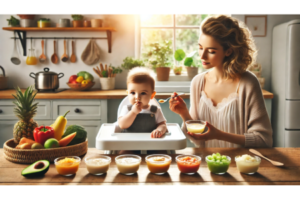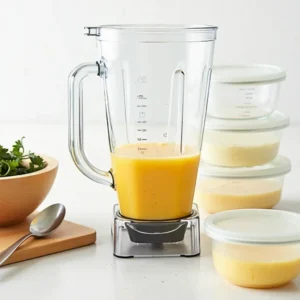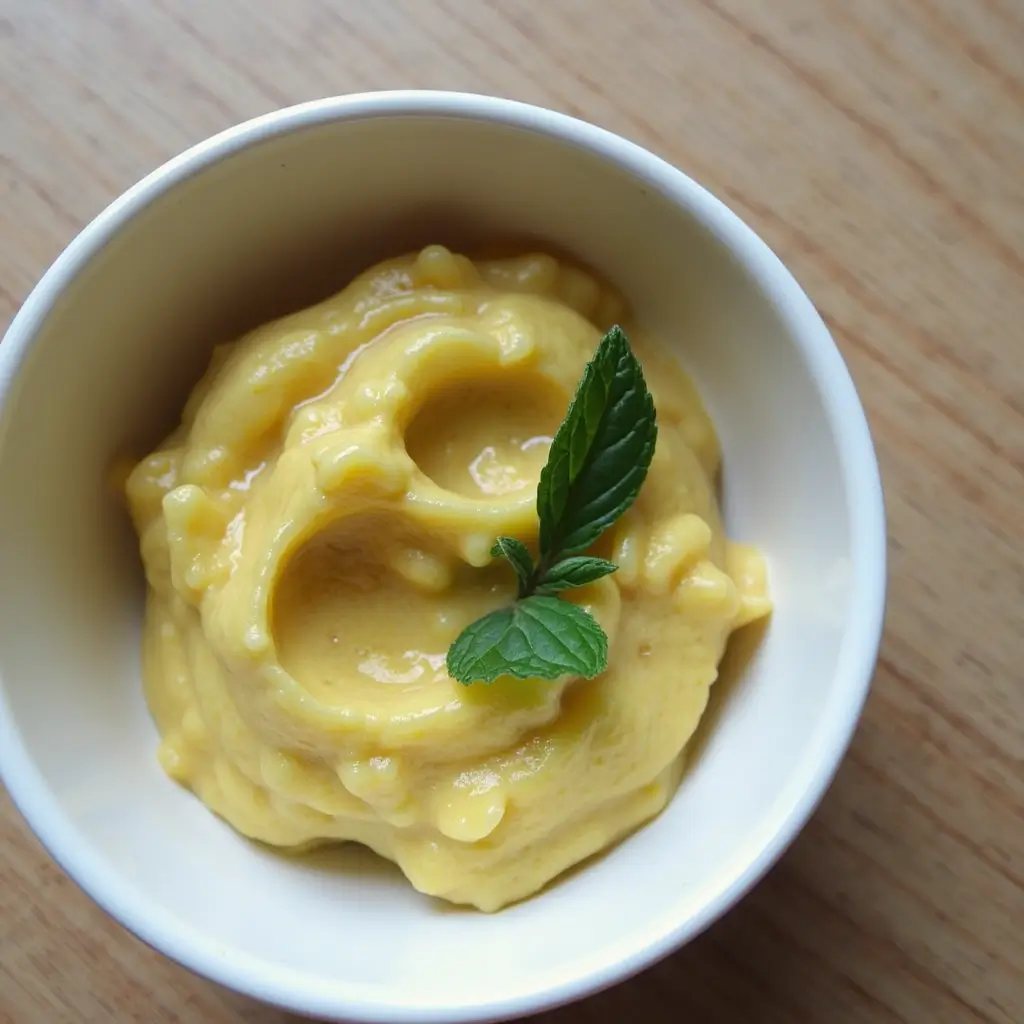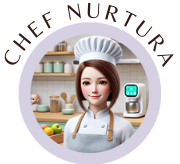Storing your Fresh Baby Food properly can be a game-changer in ensuring your little one gets the freshest, most nutritious meals possible. By understanding the best methods for refrigerating, freezing, and thawing your creations, you can stay organized, reduce waste, and keep your baby’s meals safe from spoilage. In this blog post, we’ll explore simple yet effective ways to store fresh baby food, which will help you save time, money, and stress while ensuring your growing child always has a healthy meal ready.
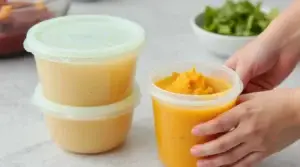
Before you start preparing those delicious baby recipes, let’s talk about the foundation of food safety. Your little one’s developing immune system needs extra protection, so proper storage is crucial. Start by washing your hands thoroughly and ensuring all your storage containers are squeaky clean.
Think of your kitchen as a mini food-prep facility. You’ll want to keep everything sanitized, from your blender to your storage containers. An easy trick is to run storage containers through the dishwasher’s hot cycle before each use.
Remember those moments when you’re not sure if a puree is still good? Trust your instincts! If something smells off or looks different than usual, it’s better to be safe than sorry. Your baby’s tummy will thank you for being cautious.
Temperature control is your best friend when storing homemade baby food. Room temperature is fine for only two hours max. After that, those yummy purees need to find their way to cooler spaces.
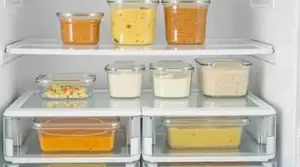
Let’s talk about keeping those baby recipes fresh in your refrigerator. Your fridge is perfect for storing purees you’ll use within the next few days. Think of it as your short-term food storage buddy!
Glass containers are fantastic for fridge storage because they don’t absorb food odors or colors. Plus, you can easily see what’s inside without opening them.
Want to know a cool trick? Label everything with dates using masking tape and a marker. You’ll never have to guess how long that sweet potato puree has been sitting there.
Store your homemade purees in small portions – about 1–2 servings each. This way, you won’t waste food if your little one isn’t hungry. Nobody likes throwing away those carefully prepared meals!
Keep your purees in the main part of the fridge, not the door. The temperature stays more consistent there, keeping your baby’s recipes fresher for longer.
Your refrigerated purees will stay good for about 48 hours. That’s plenty of time to use them up while they’re at their nutritional peak. Always check for any signs of spoilage before serving.
Freezing 101: Your Long-term Storage Strategy
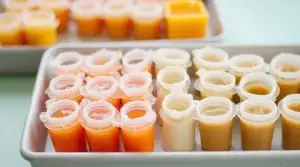
This is where the magic happens for busy parents who love making baby recipes in bulk. Your freezer can be your best friend when storing homemade purees.
Ice cube trays are perfect for freezing baby food portions. Each cube is about one ounce – just right for tiny tummies! Pop them out once frozen and transfer them to freezer bags.
Speaking of freezer bags, squeeze out as much air as possible before sealing. Less air means less chance of freezer burn, keeping those nutritious purees tasting fresh.
Label everything with contents and dates; you will be so thankful in the future! Include both the date you made it and when it should be used. Organization is key when freezing multiple batches.
Frozen purees can last up to 3 months while maintaining their nutritional value. That’s plenty of time to rotate through your stash of baby recipes. Keep track of what you’ve got to avoid waste.
Consider creating a freezer inventory list. Stick it right on your freezer door to easily track what you have and what needs to be used first. It’s like having your mini food management system!
Smart Thawing Methods: From Freezer to Table
Thawing must be done safely to keep those delicious baby recipes safe and nutritious:
The safest method is overnight thawing in your refrigerator. Pop a few cubes into a container before bedtime, and they’ll be ready for breakfast. It’s like meal prep while you sleep!
In a rush? Place the frozen puree container in a bowl of cold water. This speeds up thawing while keeping everything at a safe temperature. Just remember to change the water every 30 minutes.
Never thaw baby food at room temperature or in hot water. These methods can create warm spots where bacteria love to grow. Keep it cool and safe for your little one.
Once thawed, give the puree a good stir. Sometimes, ingredients can separate during freezing, but a quick mix will bring everything back together. Your baby won’t even know it was frozen!
Use thawed purees within 24 hours for the best quality and safety. This means only thaw what you think your baby will eat in a day. It’s better to thaw more later than waste food!
Pro Tips for Maximum Freshness and Quality
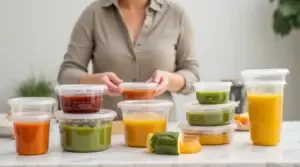
These insider tips will help you maintain the quality of your delicious baby recipes longer. Every little trick helps when you’re preparing food for your little one!
Consider investing in a vacuum sealer for freezer storage. It removes more air than regular freezer bags, keeping those purees fresher for longer.
Color-code your storage containers or freezer bags. Green for veggies, orange for fruits, yellow for grains, whatever system works for you! This makes grabbing the right puree super quick.
When preparing purees for storage, slightly under-cook vegetables. They’ll finish cooking when you reheat them, preventing them from getting too mushy. Your baby will appreciate the better texture!
Store strong-smelling purees (like cauliflower or broccoli) separately from fruits. Nobody wants their apple puree to taste like yesterday’s vegetables! Keep those flavors where they belong.
Use small containers, even if you have extra space. The less air in the container, the better your purees will keep. It’s all about minimizing exposure to air and maintaining freshness.
Storage Do's and Don'ts
Let’s wrap up with some essential do’s and don’ts. These simple rules will help you master the art of storing those delicious baby recipes safely.
DO sanitize all storage containers thoroughly before use. Clean containers mean safe food for your little one. Make this a non-negotiable part of your prep routine.
DON’T refreeze purees that have already been thawed. Once thawed, it either gets eaten or needs to be discarded. No second chances with baby food safety!
DO rotate your frozen stock regularly. Use the oldest purees first to maintain a fresh supply. Think of it as a “first in, first out” system for baby food.
DON’T mix new purees with leftover ones. Each batch should be stored separately to prevent contamination. Fresh is always best when it comes to baby food!
DO keep different types of purees separate. This makes it easier to track freshness dates and prevents flavor mixing. Plus, it helps you maintain variety in your baby’s diet.
Conclusion:
Remember, storing baby food properly is just as important as making it. By following these guidelines, you’ll always have safe, nutritious, and delicious baby recipes ready for your little one.
With these storage techniques mastered, you’re on your way to becoming a baby food prep pro! Keep experimenting with different combinations and storage methods until you find what works best for your family’s routine.





